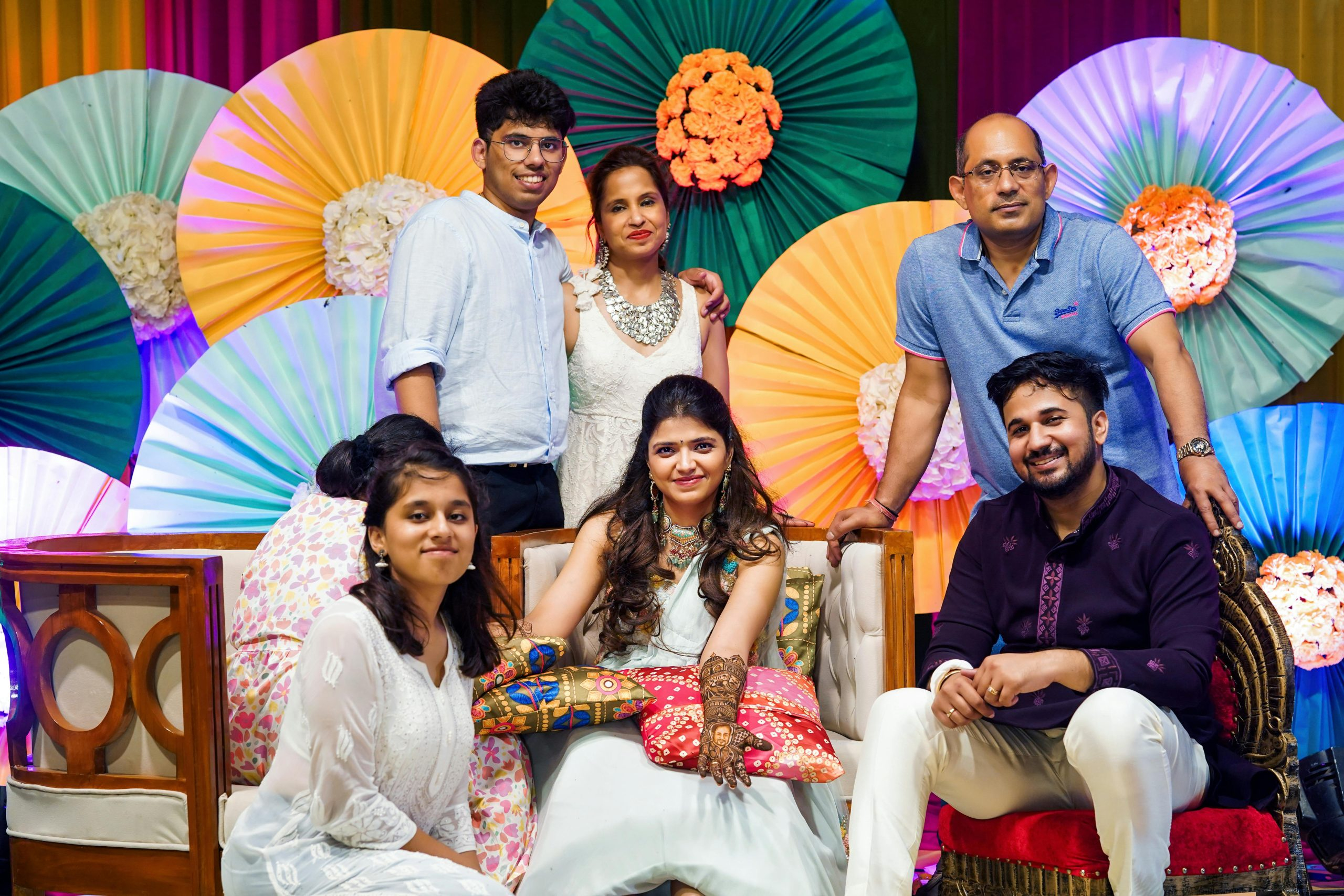Exploring the cultural significance of traditional garments
Have you ever wondered about the stories behind traditional garments? These cultural pieces of clothing have been passed down from generation to generation, each one holding a unique significance to its community. From the intricate designs to the choice of fabric, traditional garments are more than just clothing, they are a reflection of a rich cultural history. In this article, we will explore the cultural significance of traditional garments from different parts of the world. Let’s dive in and discover the beauty of these traditional attires.
The Importance of Traditional Garments
Traditional garments have been a vital part of communities around the world for centuries. They are not just pieces of clothing, but they hold a deeper meaning and serve multiple purposes within their culture. These garments often symbolize the region, beliefs, and customs of a specific community.
Preservation of Culture
One of the most significant roles of traditional garments is preserving a community’s culture and heritage. Many traditional garments have been passed down from generation to generation, keeping their culture’s traditions alive. These garments are a way for communities to honor and celebrate their ancestors and history.
For example, the kimono in Japan is more than just a piece of clothing; it represents centuries of Japanese culture and tradition. The intricate designs and patterns on the kimono tell stories of the region’s history and religious beliefs. It is a way for Japanese people to honor and keep their culture alive.
Identification and Representation
Traditional garments are also used as a way to identify and represent a particular community. In many cultures, these garments are specific to certain ethnic groups, tribes, or regions. They are worn during special occasions, ceremonies, or daily life, representing their identity and unique customs.
For example, the vibrant and colorful traditional dresses of the Akan people in Ghana are an essential part of their identity. These garments are identifiable by their bright colors, unique patterns, and hand-woven fabric. They are a symbol of pride for the Akan people, representing their heritage and traditions.
The Beauty of Traditional Garments
The cultural significance of traditional garments is not the only reason they are cherished. These attires also have stunning designs and craftsmanship that make them pieces of art. The techniques used to create these garments have been passed down for centuries and are considered a form of cultural heritage.
Craftsmanship
Traditional garments are often handmade, and the crafting process is a time-consuming art that requires skill and precision. From hand-weaving fabrics to intricate embroidery, every step in creating traditional garments is a labor of love. The artistry and attention to detail in these garments make them unique and beautiful, setting them apart from modern clothing.
For example, the traditional Hanfu dress in China is handcrafted using ancient techniques. The use of natural dyes, hand-stitched embroidery, and intricate patterns makes each dress a masterpiece. It is a way to honor and preserve the traditional craftsmanship of the Han Chinese people.
Fashion and Trends
Traditional garments have also influenced modern fashion trends all over the world. Many designers and fashion brands have incorporated elements of traditional garments into their collections, bringing a touch of cultural diversity to the industry. The popularity of these garments has also led to their modern-day adaptations, making them more accessible to the younger generation.
For example, the traditional kebaya top in Indonesia has inspired modern fashion trends globally, with many designers incorporating its structure and embroidery into their designs. This garment has become a fashion statement, representing Indonesian culture and heritage to the world.
Conclusion
Traditional garments hold a special place in the hearts of communities around the world. They are more than just pieces of clothing; they are a representation of culture, identity, and art. These garments are a reminder of the beauty and diversity of our world and the importance of preserving our traditions. As we continue to explore and embrace different cultures, let us not forget the cultural significance of traditional garments and the stories they hold.










